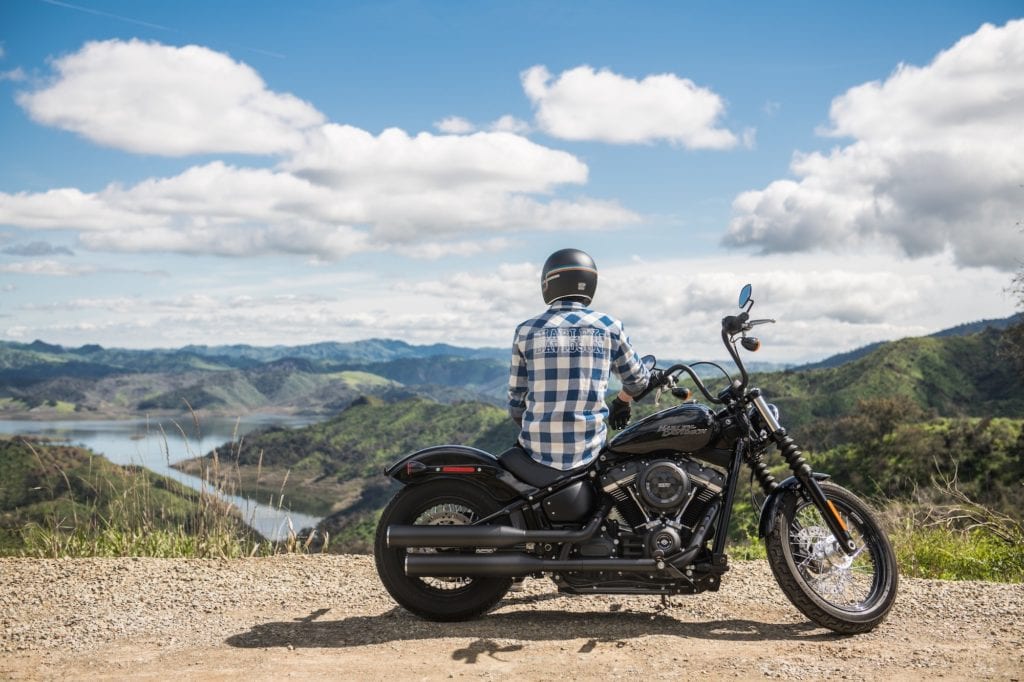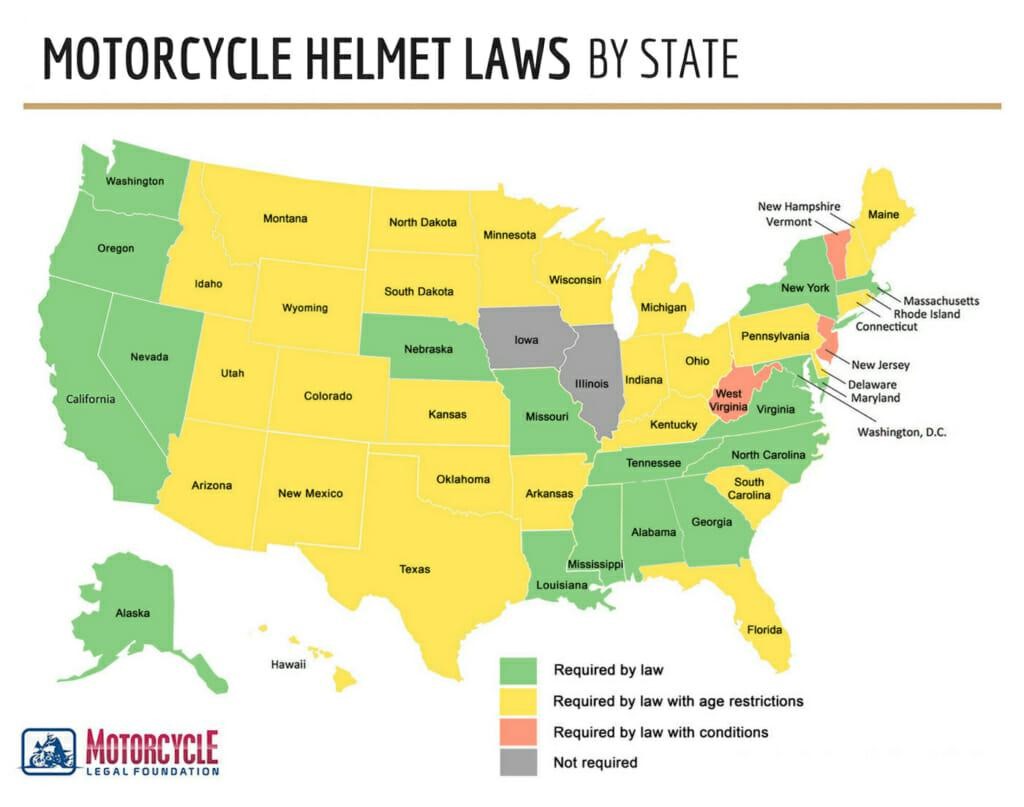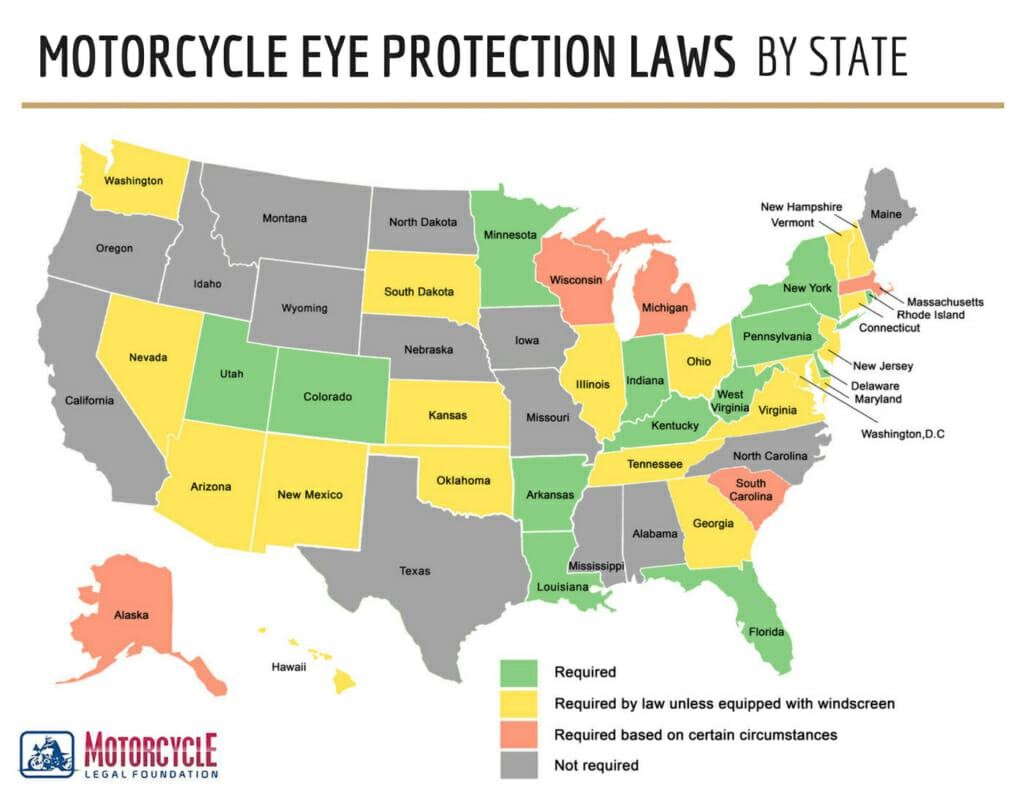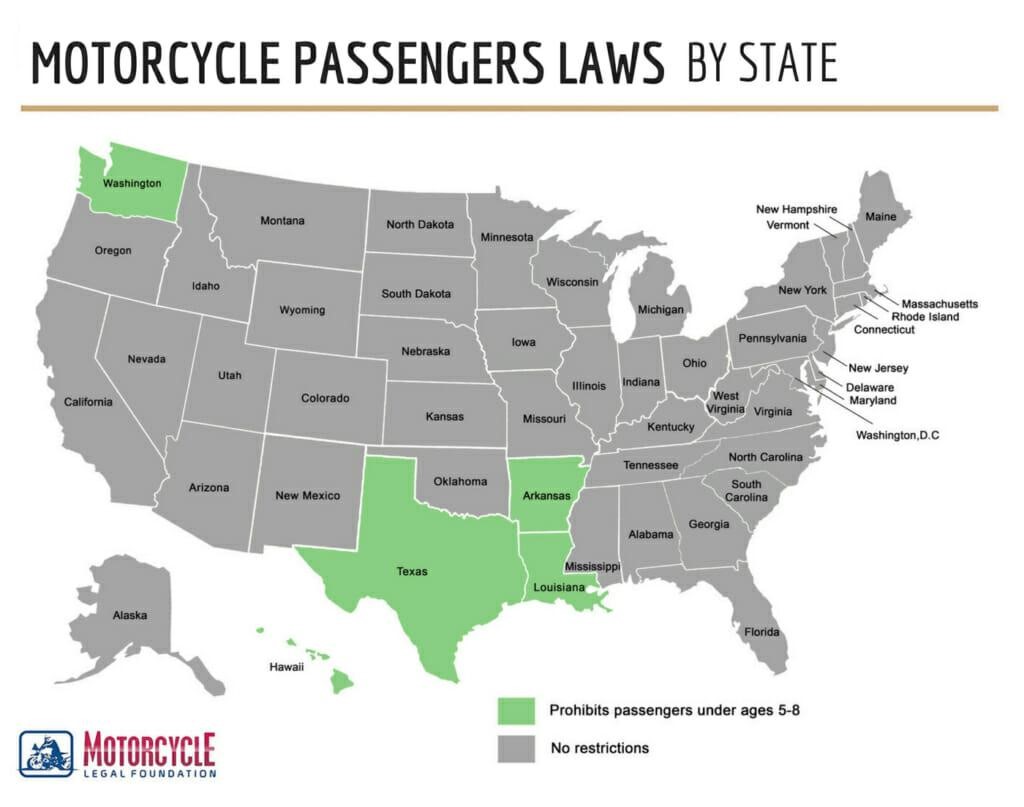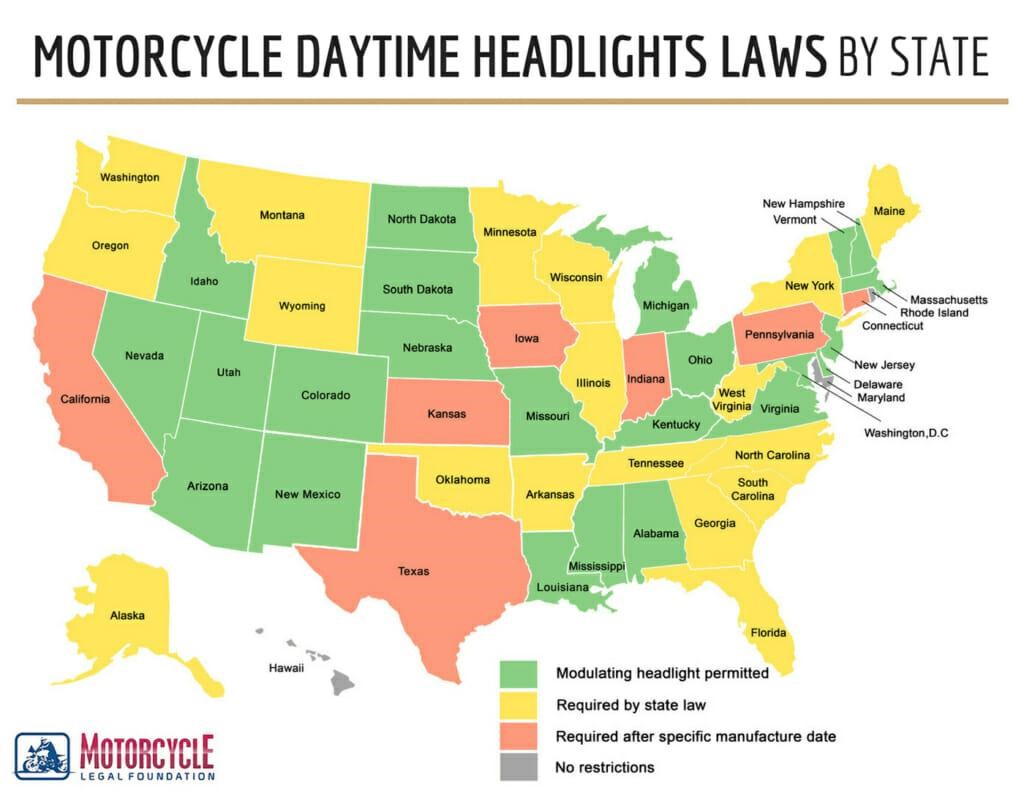Do you know the motorcycle laws that govern your state? Motorcycle laws differ from state to state, which is why you need to know what applies in your state, what doesn’t, and anything significant in states that you often travel to. After all, if you’re a biker, we are sure you don’t want to find yourself on the wrong side of the law. So, here is a breakdown of the common motorcycle requirements in different states.
A helmet is an essential piece of safety gear for any rider as it protects you from fatal injuries in case of an unexpected collision.
According to The Center for Disease Control and Prevention, a helmet can reduce the risk of death for a rider by 37% and the occurrence of head injuries by 69% in case of an accident.
Thus, whether your state has a mandatory helmet law or not, you should wear a helmet for your safety. This applies to road cyclists too, as while there is no law which enforces cyclists of any age to wear a helmet, wearing one can reduce chances or severity of injury to the head and the brain by 65% – 88%.
When buying your helmet, ensure it’s DOT certified and that it has the name of the manufacturer and the model of the helmet printed on it. The helmet should also have the words DOT and FMVSS218. If you intend to carry a passenger on your bike, ensure they also have a DOT certified helmet on.
The helmet laws you can expect in the different states and a map on the same are explained below:
- Mandatory – Some states require every rider and their passenger to wear a helmet.
- Mandatory with age restrictions – Some states such as Texas and Florida require their riders to wear helmets, but this comes with age restrictions. For instance, most states require motorists who are aged 18 and below to wear a helmet.
- Mandatory with some conditions – Other states will require you to have a helmet that has a reflective tape, decal, or material. This ensures you’re more visible on the road.
- Not mandatory – Iowa and Illinois are the only two states that don’t require riders to wear helmets.
Eye protection law
In some states, eye protection is mandatory. Other states don’t need you to have eyewear if you have a bike windscreen. The windscreen should be 15” above your bike handlebars.
Some states do require riders to have eyewear but with age restrictions. For instance, Indiana requires riders who are under 18 years to wear eye protection.
Again, eye protection improves your safety as it protects your eyes from shatter, wind, and debris. So it’s wise to always wear eye protection when riding and have your passenger do the same even if in your state eyewear isn’t a requirement.
Some recommended biker eye protections you can use include:
- Goggles
- Motorcycle glasses
- DOT visor on your helmet
- A windscreen that is 15” above your bike handles
The image below gives you a quick snapshot of eye protection laws by state.
Loud motorcycles can sound great to the rider but a nuisance to the public. Motorcycles are manufactured to be quiet as they are fitted with noise mufflers. So, if your neighbor has a really loud motorcycle, they deliberately altered the exhaust system.
Different states have varying restrictions when it comes to motorcycle noise. Some of these requirements include:
- Mufflers are a requirement – These states require that your motorcycle have a muffle for noise reduction.
- Mufflers with no modification – In some states, you should have a muffler that isn’t louder than the motorcycle’s OEM exhaust.
- Mufflers with no bypasses or cut-outs – Some states make it a requirement that you must have a muffler on with no bypass or cut out added.
- No restrictions – Other states such as Iowa and Alabama don’t have motorcycle noise restrictions.
Motorcyclists’ deaths occur 28 more times than passenger vehicle occupants’ deaths.
If you’re a rider carrying a passenger, the occupant is relatively more unprotected compared to a passenger in a vehicle. The risk of your passenger suffering from an injury if an accident occurs is even higher. This is why you must always ensure the passenger you’re carrying has their safety gear on.
Some states prohibit the carrying of passengers who are aged below five on motorcycles. Other states don’t have any restrictions when it comes to carrying passengers.
Here’s a map showing the motorcycle passenger requirements by state.
Daytime headlights laws
Having your headlight on during the day ensures that other motorists on the road can see you. This can improve your safety, especially if you’re riding on a shaded area or a foggy day.
The daytime headlight law is becoming popular in many states, and many manufacturers now fit new car and motorcycles models with daytime running headlights.
Here is what different states require when it comes to daytime running lights.
- A requirement by law – Some states have made it mandatory for motorcyclists to have their headlight on always.
- A requirement with moderation – In some states, you must have your headlight on, but you can modulate the light from full beam to low and dim beam. Such light is more visible by other road users.
- A requirement in line with the motorcycle model year –In some states, you should have a headlight in line with your motorcycle’s year of manufacture. For instance, in Indiana, all the motorcycles manufactured in 1956 and after should have a daytime headlight.
- Not a requirement – Only a few states don’t require you to have a headlight on during the day.
Lane splitting is the riding of your bike in between lanes when the traffic is slow or not moving. Lane splitting can ease traffic in highly congested roads, but it can also cause accidents.
So, unless you’re a confident rider, don’t try lane-splitting even if your state allows it.
While in some states lane splitting is legal, some states prohibit it while others don’t have any laws relating to lane splitting.
Here is a breakdown of the motorcycle lane splitting requirements by state.
Now you’re well informed on the motorcycle laws that govern your state. Other motorcycles rules you may need to remember before hitting the road include:
- You must have a motorcycle license when riding your bike in all states.
- Proof of bike ownership and registration is also required in all states.
- The minimum age for riding a motorcycle varies by state, but most states require you to be 18 and above .
- Bikes that are less than 50cc aren’t allowed to be on limited access and interstate highways.
Ride safe!


